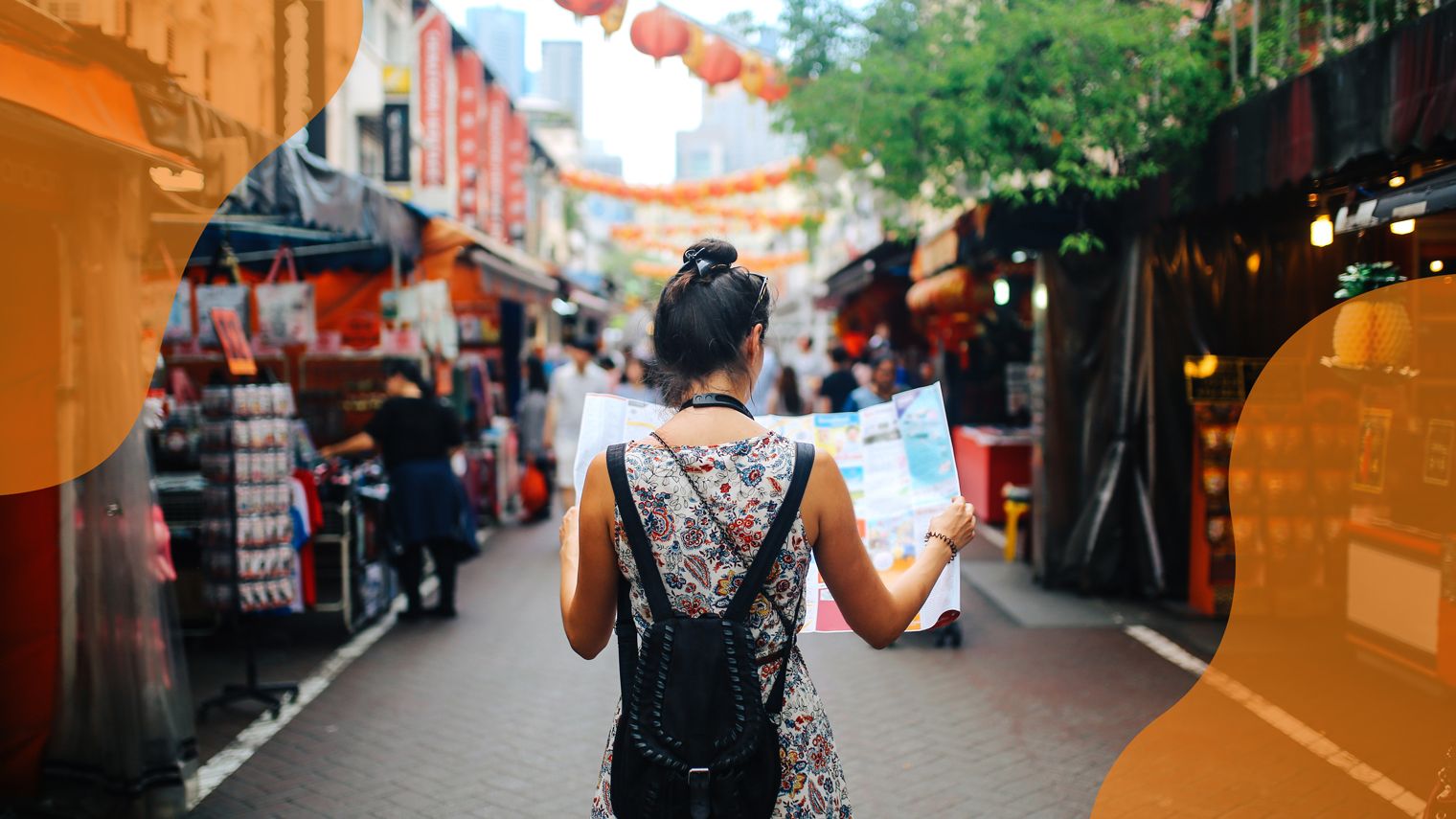How I Manage My Psoriatic Arthritis While Traveling Abroad
May 27, 2022
Content created for the Bezzy community and sponsored by our partners. Learn More

lechatnoir/Getty Images
Smart planning can make long-distance travel possible, even for those of us with PsA.
I decided long ago that psoriatic arthritis (PsA) wasn’t going to keep me from traveling. As I return from visiting my son in England, I want to share how I prepare for trips and manage my health condition while traveling.


Planning ahead
When planning a trip, I consider three areas that impact my PsA the most:
- medications and supplements
- food
- physical activity
Medications and supplements keep my pain in check and my digestive system happy. Part of immersing oneself in the local culture is enjoying the food.
Extra walking tones muscles, but it can lead to joint pain if I’m not stretching. I tuck a few tools into my suitcase that help me stay limber.
Managing an autoimmune disease on vacation is a balancing act, but the planning pays off when I’m able to enjoy the trip through to the very end.
Medications and supplements
I usually manage my PsA pain with a healthy diet and appropriate activity, but since a travel schedule makes it hard to stick to my usual routine, I take a nonsteroidal anti-inflammatory medication, beginning a few days before a trip.
An every-other-day dose of Meloxicam keeps me comfortable throughout my travels. Just in case I lose my medications while traveling, I request written prescriptions from my doctor well before my travel dates.
Supplements make life easier when traveling with food intolerances, so I pack digestive enzymes, gas relief pills, and activated charcoal capsules.
To keep my medications and supplements organized, I purchased plastic pill bags online and packed enough medication and supplements for the duration of my trip, plus a few extra days’ worth, just in case.
Eliminating bottles saves space, and TSA has never had a problem with my system. I make sure to pack all medications and supplements in my carry-on bag in case the airline loses my checked luggage.
Food
Gluten and dairy can cause me digestive discomfort, but I found that England’s restaurants were usually well-equipped to handle dietary requests.
Of course, I prepared for times when I just want to enjoy the local food culture. An unplanned traditional afternoon tea at The Folly in Oxford was a lovely experience I would have missed if I hadn’t been carrying my stash of lactase supplements.
Nightshades trigger my PsA pain. Avoiding foods such as tomatoes, peppers, and potatoes can be difficult, but I’ve learned that most restaurants are happy to help.
I look for simple dishes that can be prepared gluten- and dairy-free. If the menu is full of nightshades, I look for a salad and request no cheese, tomatoes, or peppers.
If dietary restrictions are a serious concern for you, try to make reservations ahead of time. Most establishments have online menus, and you can call ahead to see if they are able to accommodate your restrictions.
Physical activity and therapy
Whether I travel with a backpack suitcase or roller bag, it takes strength and stamina to move luggage through large airports, onto public transportation, and to wherever I am staying. I have found it extremely helpful to talk with my physical therapist well before a trip to make sure my exercises match my physical activity demands while traveling.
Before my trip to England, we worked on core and shoulder strength as well as hip stretches for tight glutes that cause lower back and leg pain. He also provided tips on maximizing comfort during the flight — stretch before boarding, get up and walk around whenever possible, and do figure-four stretches in your seat — and weighed in on which exercises I should continue while traveling.
To prevent my spinal arthritis pain from rearing its ugly head, I make stretching a priority. Here are my three must-have physical therapy tools when traveling:
- Yellow, green, or blue band. These are good for strengthening exercises.
- Stretching strap. I highly recommend a non-stretchy nylon strap used for leg and hip stretches.
- Single or double lacrosse ball. My personal favorite, these can be used for self-massage of tight glute and hip muscles. On long flights I sit on the ball, allowing the muscle to relax before moving the ball to other painful areas.
The bottom line
Smart planning can make long-distance travel possible, even for those of us with PsA.
While it may take a bit more preparation, I promise the extra effort is well worth it when you are exploring a new city without restriction. I’m already planning my next trip to Europe with my husband. Bon voyage!
Fact checked on May 27, 2022


Like the story? React, bookmark, or share below:
Have thoughts or suggestions about this article? Email us at article-feedback@bezzy.com.
About the author